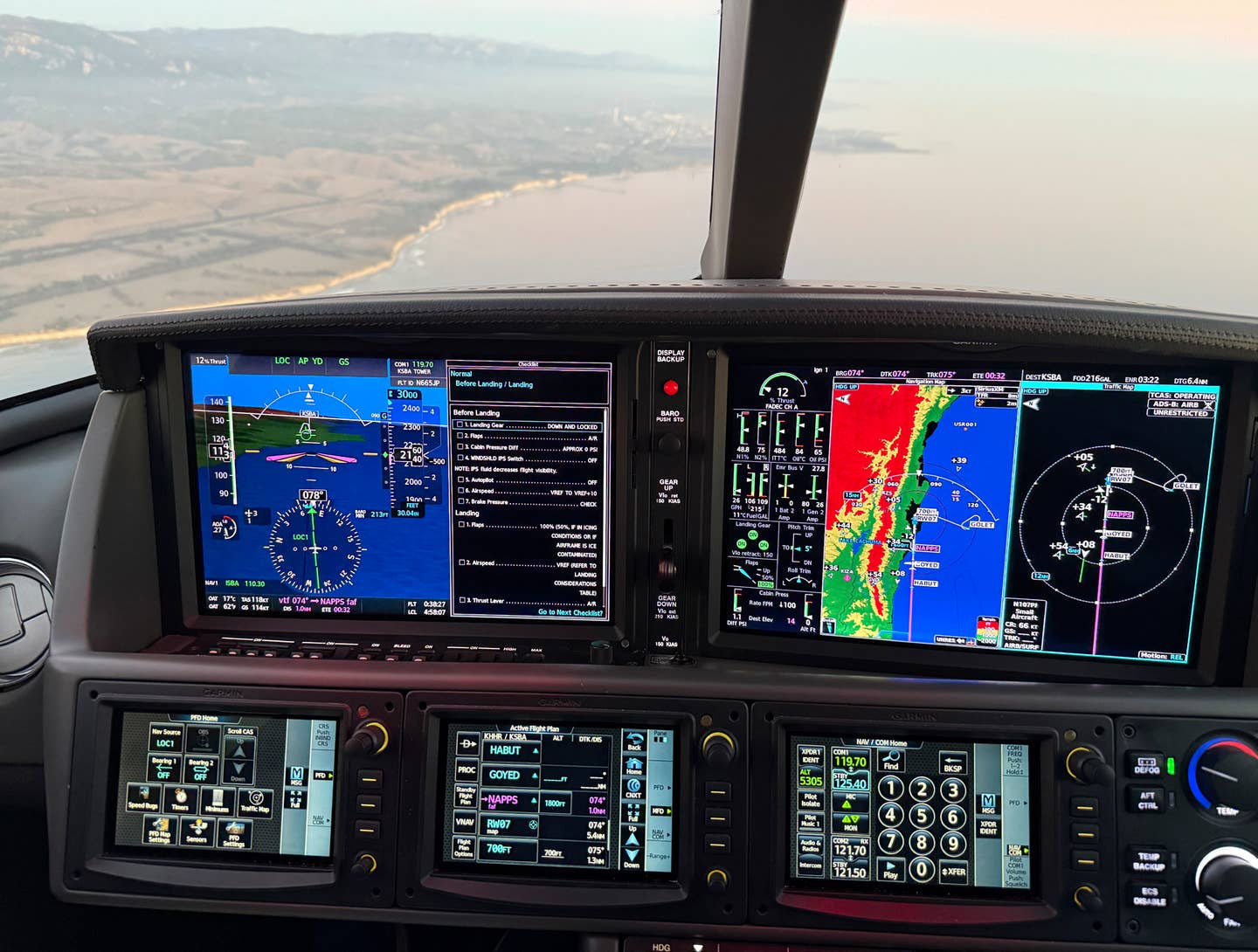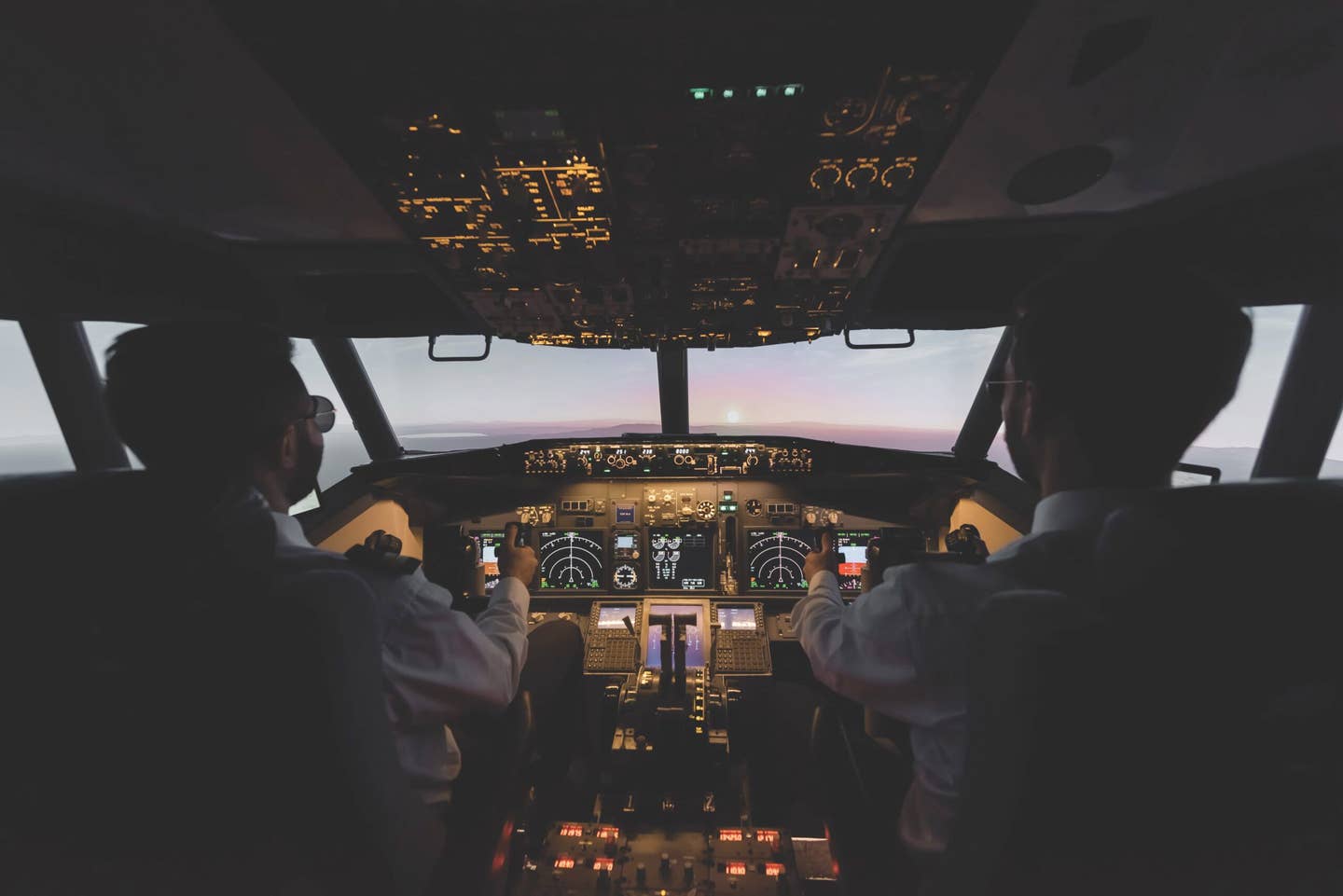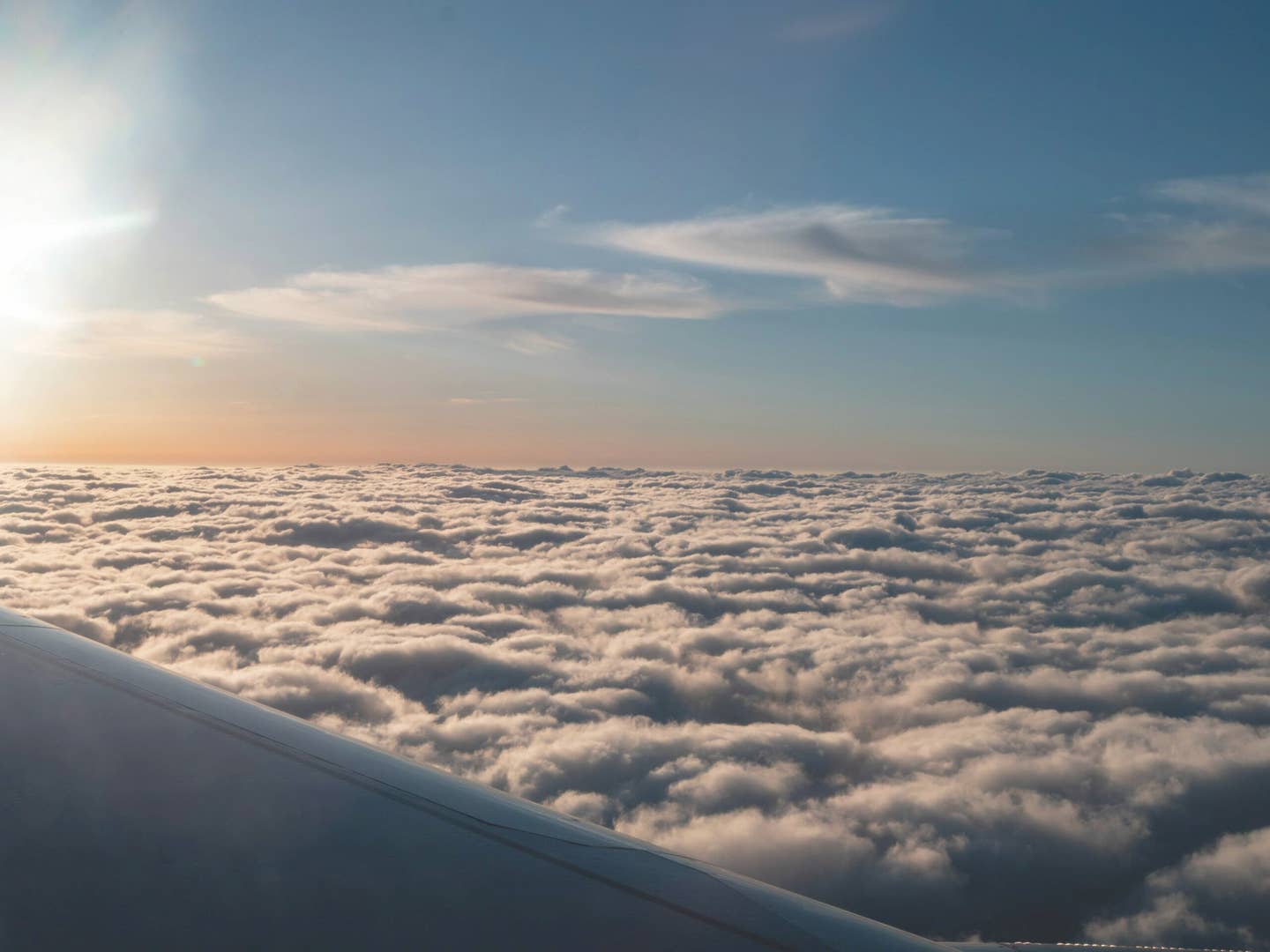
Flying in New Zealand was more than Les Abend bargained for. Les Abend
“You OK, Honey?” I asked immediately after the 172 had taken a respectable shot of turbulence. The Cessna responded with a quick 30-degree roll to the right before I could correct.
After a second or two of silence, my wife replied over the intercom, “Yeah, I’m fine.” Even though she was seated directly behind me, out of my field of vision, I knew she was gripping her seat cushion with both hands. Carol has been subjected to far worse rides in our own airplane, but I felt bad.
Did the turbulence foreshadow our flying over the next eight days? Although I read the electronic brochure and had marveled at the stunning snowcapped photos of Flyinn’s adventure (flyinn.co.nz), a bit of naiveté was involved. Certainly, mountain flying would only be a small part of the experience, with the rest of the tour over mostly benign New Zealand countryside spanning the magnificent South Island. Right? Wrong.
Matt McCaughan, owner and operator of Flyinn, chief flight instructor, tour guide, sheep farmer and all-around delightful guy, grinned with a twinkle in his eye. He apologized to my wife in his calm but enthusiastic New Zealand twang, assuring her that he would do his very best to avoid such encounters. I was almost convinced. And quite frankly, Matt made good on his promise — well, with a little bit of help from the wind gods.
Before our engagement with Flyinn, my good friend Jay and I were required to send pilot experience information and complete New Zealand Civil Aviation Authority forms. The purpose was to obtain the equivalent of an FAA Private Pilot License (PPL). In addition to an FCC Radiotelephone Operator Permit (which I haven’t possessed for years), we were required to present copies of our FAA licenses and medical certificates. And we were asked to show evidence of a “type rating” in a C-172, which for me involved a search through dusty logbooks. Jay owns a 172, so he was a bona fide, current type-rated pilot.
I appreciated the thoroughness, but at the end of the day, none of it really mattered. Our guides were well-seasoned flight instructors, and their tutelage was invaluable in almost every aspect, from mountain flying techniques to navigating the geography. Despite our thousands of flight hours in both airline and general aviation, Jay and I would have never considered venturing out on our own, certainly not after the first couple of days. We were humbled by the experience. (And I’m always humbled by my periodic inability to land a 172.)
Months before our trip, Flyinn provided us with electronic material pertaining to airspace rules, communication procedures and mountain flying. To qualify for a New Zealand PPL, instruction in mountain flying is a requirement. After having spent a week in the high-terrain environment, I can say the instruction is an absolute survival necessity. Although detailed and informative, the CAA reference guides didn’t do the actual experience justice. As with any specific aviation skill, it must be flown to be understood.
On day one, Matt directed me to fly up seemingly endless breathtaking valleys that appeared to have no exits except for directly into rocky peaks. He made a very succinct, philosophical statement: “This isn’t mountain flying, this is valley flying.” It took a day or two for that statement to sink in, but eventually the lightbulb illuminated. Matt’s comment also defined New Zealand general aviation flying. What do I mean exactly?
In the United States, we generally fly directly from point A to B, or from one waypoint to another, or via an assigned route. In this day and age of GPS, the route we choose is a well-defined magenta line. But because New Zealand terrain encompasses almost 50 percent of the country, a straight line usually isn’t possible.
Although cruising at higher altitudes is a solution, fickle mountain weather oftentimes precludes this option. In that regard, IFR operations are very limited. Pilots don’t want to be locked into the higher IFR flight levels, risking encounters with icing and turbulence. In addition, approaches have high minimums because of the surrounding terrain.
Navigating requires the ability to recognize valleys and topography, with most navigation done via local knowledge and experience. Whereas VFR sectional charts are used as reference in the United States, it’s the opposite in New Zealand. GPS is used as the reference. I don’t ever recall Matt entering a direct course into the portable Garmin. He relied on his extensive local knowledge and a good old-fashioned map. Our other flight instructors did, however, break out their iPad apps, but still only for orientation purposes.
Speaking of maps, New Zealand publishes two types of aviation charts similar to U.S. sectionals and now-defunct world aeronautical charts. One chart displays more details and covers less area, while the other encompasses a greater area with less detail. The symbology is similar, but the look of the charts is quite different, mostly due to the color shading of the topography.
Airports are depicted with the familiar circle. Many runways are unimproved grass or dirt strips, or a combination thereof. Most are publicly accessible, but even the privately owned strips have a friendly land-at-your-own-risk attitude. Some runways weren’t even depicted on the charts, especially old ones built atop steep inclines shortly after World War II. The strips, about the size of postage stamps, were used literally as a launch pad for Tiger Moths converted to ag planes.
One of the most important keys to successfully flying among the mountains is to always plan an escape path. First, approach a ridge at a shallow angle of 45 degrees or less. This technique allows the opportunity to turn away from the approaching rocks back toward the descending valley in the event turbulence or a downdraft is encountered.
Second, while navigating up an ascending valley, fly closer to one side than the other, preferably nearer the upwind side to avoid turbulence. If lowering ceilings or significant downdrafts become an issue, the airplane has a wider radius to avoid the opposite side’s terrain while completing a 180-degree escape turn.
Of course, all of these techniques appear logical in print, but in practice, if you are not accustomed to flying within close proximity to rocks and mountain deer, the pucker factor is intimidating. Let’s just say that it took Jay and I a few days to let out our breath.
The spectacular scenery was our best distraction. Even though I now understand that objects seem closer than they appear because of their immense size in the windscreen, it would still take more hours for me to reach a Kiwi pilot’s comfort level. Besides, if the engine quit, escape path established or not, the outcome wouldn’t be pretty.
Regardless, I would not hesitate if given another opportunity. The challenge left me with memories I will treasure forever. After a biannual flight review check ride, I hold in my possession a New Zealand PPL — well, until it expires in six months.
For a narrative of the actual flying, please read next month’s Jumpseat, where I’ll share some of the details of our once-in-a-lifetime adventure.

Sign-up for newsletters & special offers!
Get the latest FLYING stories & special offers delivered directly to your inbox






